The Serpent Rock-“Ophiolite”, Its Origin, and Evolution
The name Ophiolite is derived from a Greek word which means Ophio-Snake or Serpent and Lite-Stone. The green color, structure, and texture of sheared ultramafic rocks are similar to some serpents. The term ophiolite was initially given to dark green shiny outcrops composed of serpentine rock. Later it used to be an association of related rock types which are found as a consistent of upper mantle rocks and oceanic crust. An ophiolite is thrust sheets of ancient oceanic crust and upper part of mantle rocks that have been uplifted and exposed above sea level and often emplaced on top of the continental lithosphere.
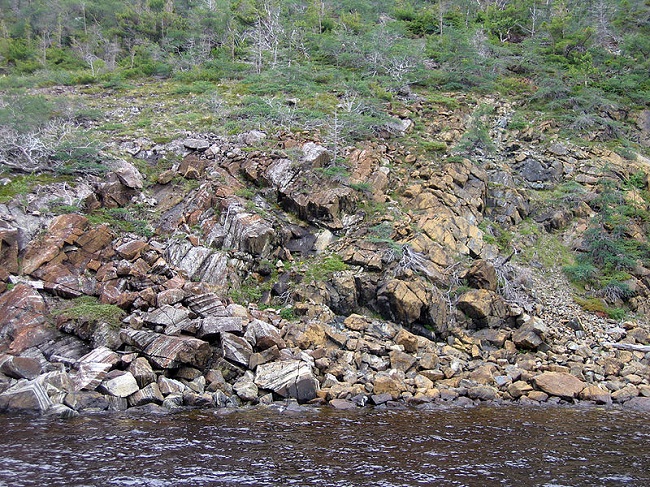
It is tectonically exposed on land by obduction (overthrust), usually when an ocean basin closes. An ophiolite sequence consists of variably altered oceanic rocks, including marine sediments, ocean crust, and part of the mantle.
Ophiolite complex is the general name for the community of mafic and ultramafic intrusives (gabbro, peridotite, and pyroxenite), and extrusive igneous rock. An ophiolite is composed of green-colored altered spilite (a fine-grained oceanic basalt), pillow lava, serpentinites, gabbros, and chert.
It occurs close to the oceanic ridges, orogenic belt, within mountain belts of Alps and Himalayas, documenting the existence of former ocean basins that have now been absorbed by thrusts, subduction zone, and plate tectonics. A typical section of oceanic lithosphere consists of ultramafic rock and serpentinite near its base, overlain by gabbro and basalt, with bedded chert or turbidite at the top.
Turbidite is a fine-grained sediment that gradually changes from coarse- to fine-grained and that was deposited by turbidity currents. It is rare for a complete, intact section of the oceanic lithosphere to be thrust (obducted) onto a continent.
The obduction of intact oceanic lithosphere onto a continental margin implies that a subduction zone once existed at that location, but it does not imply collision between two terranes. Obduction can occur during the subduction process, and the following obduction the subduction process could continue. Complications arise if a collision with another terrane occurs long after obduction. See the obduction (overthrust) of the Samail Ophiolite in Oman-
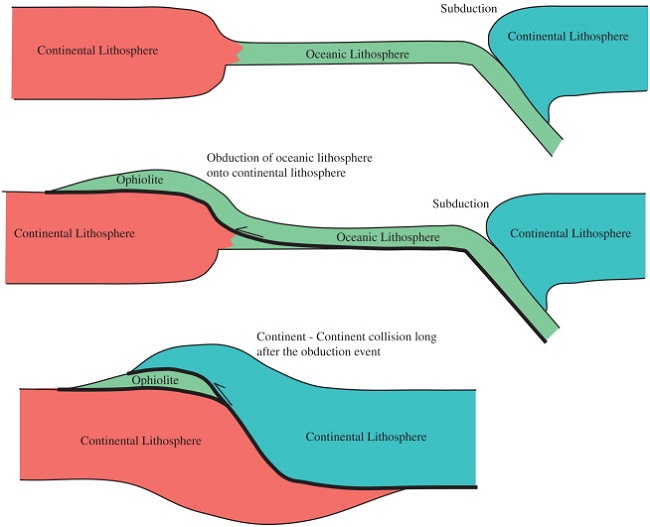
Origin and evolution of the concept
The term ophiolite is first given by Alexandre Brongniart in 1813 and 1821 in his publication. He used ophiolite for serpentinite rocks found in large-scale breccias called Melanges. In the second publication, he expanded the definition to encompass a variety of igneous rocks such as gabbro, diabase, ultramafic and volcanic rocks.
Many ophiolites occurring within the folded mountain belts have repeated deformation and metamorphism which transforms the layered fragments into a tectonic mixture or Melange.
It can be interpreted as a remnant of an ancient subduction zone during the emplacement of Ophiolite. Melange is the transitional zone between the oceanic crust and mantle.
Ophiolites thus became a name for a well-known association of rocks occurring in the Alps and Apennines of Italy. In the following work in these two mountains systems, Gustav Steinmann defined what later became known as the “Steinmann Trinity”: the mixture of serpentine, diabase-spilite, and chert. The recognition of the Steinmann Trinity served years later to build up the theory around seafloor spreading and plate tectonics.
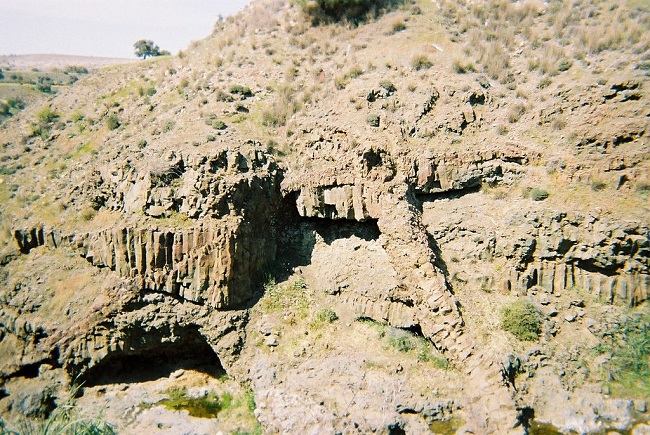
A key observation by Steinmann was that ophiolites were associated with sedimentary rocks reflecting former deep-sea environments. Steinmann himself interpreted ophiolites using the geosyncline concept. He held that Alpine ophiolites were “submarine effusions issuing along thrust faults into the active flank of an asymmetrically shortening geosyncline”. The apparent lack of ophiolites in the Peruvian Andes, Steinmann theorized, was either due to the Andes being preceded by a shallow geosyncline or representing just the margin of a geosyncline. Thus, Cordilleran-type and Alpine-type mountains were to be different in this regard. In Hans Stille’s models, a type of geosyncline called geosynclines was characterized by producing an “initial magmatism” that in some cases corresponded to ophiolitic magmatism.
As plate tectonic theory prevailed in geology and geosyncline theory became outdated ophiolites were interpreted in the new framework. They were recognized as fragments of oceanic lithosphere, and dykes were viewed as the result of extensional tectonics at mid-ocean ridges. The plutonic rocks found in ophiolites were understood as remnants of former magma chambers.
In 1973, Akiho Miyashiro revolutionized common conceptions of ophiolites and proposed an island arc origin for the famous Troodos Ophiolite in Cyprus, arguing that numerous lavas and dykes in the ophiolite had calc-alkaline chemistry. see above photo
Formation and emplacement
Ophiolites have been identified in most of the world’s orogenic belts. However, two components of ophiolite formation are under debate: the origin of the sequence and the mechanism for ophiolite emplacement. Emplacement is the process of the sequence’s uplift over lower density continental crust.
Several studies support the conclusion that ophiolites formed as the oceanic lithosphere. Seismic velocity structure studies have provided most of the current knowledge of the oceanic crust’s composition.
For this reason, researchers carried out a seismic study on an ophiolite complex (Bay of Islands, Newfoundland) in order to establish a comparison. The study concluded that oceanic and ophiolitic velocity structures were identical, pointing to the origin of ophiolite complexes as oceanic crust. See the Ophilite Suit structure- 1. Axial magma chamber 2. pelagic Sediments 3. Pillow Basalt 4. Sheeted Basaltic Dyke 5. intrusive layered Gabbro 6. Dunite/Peridotite
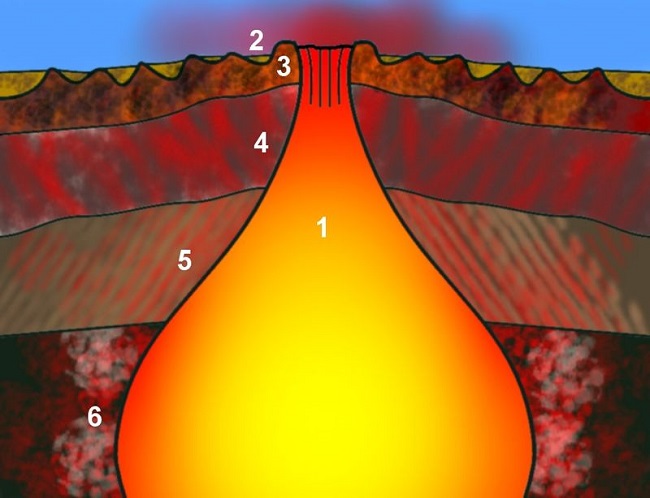
The observations are showing rocks originating on the seafloor show chemical composition comparable to unaltered ophiolite layers, from primary composition elements such as silicon and titanium to trace elements. Seafloor and ophiolitic rocks share a low occurrence of silica-rich rocks; those present have high sodium and low potassium content. The temperature gradients of the metamorphosis of ophiolitic pillow lavas and dykes are similar to those found beneath ocean ridges today.
Evidence from the metal-ore deposits present in and near ophiolites and from oxygen and hydrogen isotopes suggests that the passage of seawater through hot basalt in the vicinity of ridges dissolved and carried elements that precipitated as sulfides when the heated seawater came into contact with cold seawater.
Also, read- The uncommon mantle-derived ultramafic volcanic rock “Komatiite”
The same phenomenon occurs near oceanic ridges in a formation known as hydrothermal vents. The final line of evidence supporting the origin of ophiolites as seafloor is the region of formation of the sediments over the pillow lavas: they were deposited in water over 2 km deep, far removed from land-sourced sediments.
Generally, Ophiolite found in this sequence-
Sediments
Pillow lavas
Sheeted Dykes
Gabbros
Layered gabbro
Layered peridotite
Upper mantle
The above sequences have been emplaced in the subduction zone and subsequently pushed up on to continents by thrusting long narrow belts or they can extend more than 1000 km. depend on thrust angle either moving all members or missing some other members.
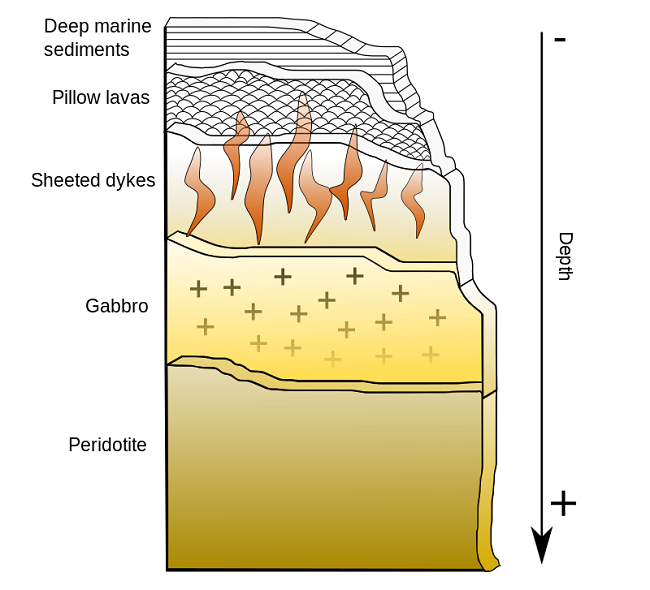
How to identify Ophiolite in the field
Pillow lavas and sheeted dykes are characteristic of ophiolites. Pillow lavas show chilled margins and glassy material. The most common crystal in the chilled margin is Plagioclase, CPX, and Phenocrysts of olivine.
Sediments associated with Ophiolite
The deep oceanic sediments deposited on oceanic crust have provided us information about materials resting directly on the oceanic crust and interlayered with the pillow lavas. Cherts, greywackes and shales are the most common types of these sediments. They contain organic remnants like radiolarian, which clearly demonstrate their deep ocean origin.
Geochemistry
The Ophiolite consists of variable rock types-Mafic, ultramafic, acidic, metamorphic, and fossiliferous sediments. These associations show a wide range of chemical compositions.
An ophiolite is Key to detecting old subduction zones because it involved several tectonic processes and gives clues of earth history.
Occurrences of Ophiolite in India and World
Naga hills in northeast India- Naga hills composed of late-granitoids. These Ophiolite have two feldspar plagioclase and potash feldspar with amphibole. Naga hills Ophiolite have traces of base metal and sulfide deposit.
World occurrences are mainly distributed in Oman, Sudan (Nubba Mountain), Cyprus (Troodos island), Albania (Mirdita), and northern California.
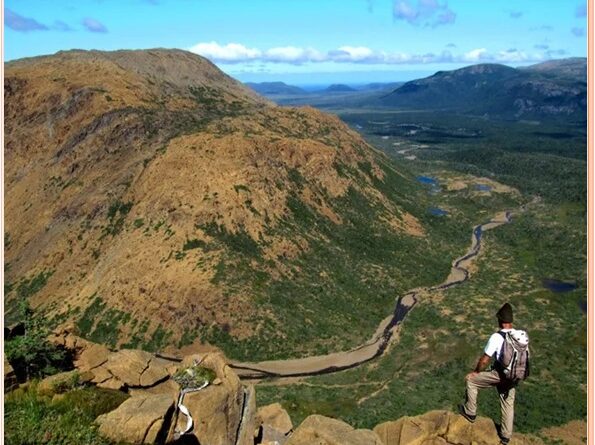
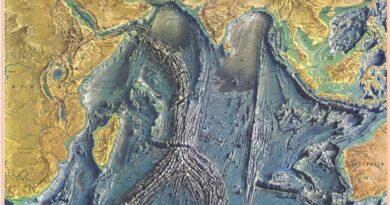
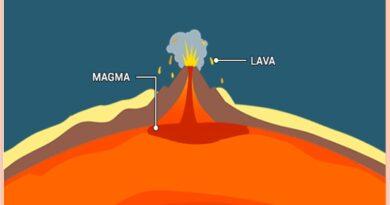
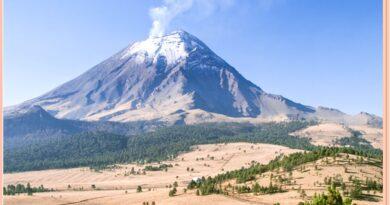
Pingback: Depositional landform- “The Point Bar” - Geotourism